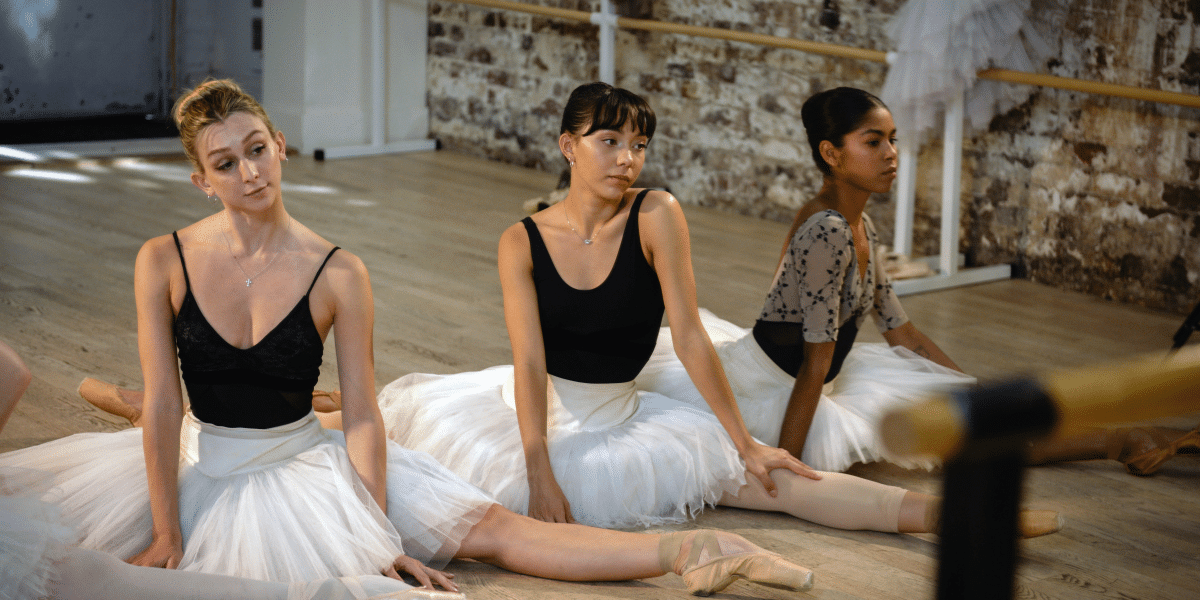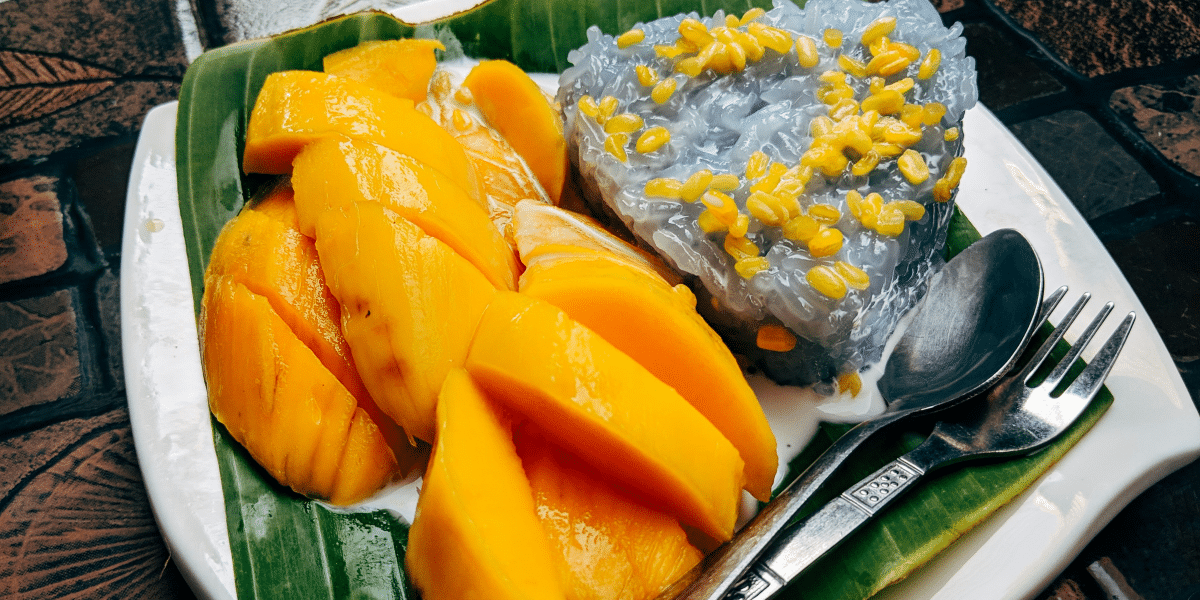Embracing Bohemian Vibes
Coconut Grove, nestled in the heart of Miami, stands as a testament to artistic expression and cultural diversity. This bohemian neighborhood is renowned for its eclectic shops, vibrant galleries, and charming outdoor cafes that beckon locals and visitors alike.
A Pictorial Feast
As you stroll through the enchanting streets of Coconut Grove, be prepared to immerse yourself in a visual feast. The neighborhood boasts a myriad of art galleries, each showcasing a diverse range of artistic styles and mediums. From contemporary masterpieces to traditional crafts, Coconut Grove’s art scene is a celebration of creativity that captivates the soul.
Unique Shops and Hidden Gems
One cannot explore Coconut Grove without indulging in a bit of retail therapy. The neighborhood is dotted with unique shops, offering an array of treasures waiting to be discovered. Whether you’re in search of handcrafted jewelry, vintage finds, or bohemian fashion, Coconut Grove’s shops cater to every taste.
Culinary Delights Al Fresco
Beyond its artistic allure, Coconut Grove is a haven for food enthusiasts. The outdoor cafes scattered throughout the neighborhood provide a perfect setting to savor delectable dishes amidst a backdrop of lush greenery. From quaint coffee shops to upscale eateries, Coconut Grove’s culinary scene mirrors its diverse and vibrant atmosphere.
Cultural Events and Festivals
Coconut Grove comes alive with a rich tapestry of cultural events and festivals. Embrace the rhythm of the neighborhood by attending live performances, art festivals, and cultural celebrations that showcase the talent and diversity thriving in this bohemian enclave.
Stay Informed with Local Updates
For those keen on staying informed about the latest happenings in Coconut Grove, our news coverage ensures you are up-to-date with timely information. From art gallery openings to upcoming events, we bring you the latest news straight from the heart of this ever-evolving neighborhood.
Coconut Grove stands as a testament to Miami’s cultural richness. Its bohemian charm, artistic spirit, and culinary delights make it a must-visit destination for those seeking a unique and immersive experience. As we continue to uncover the gems within Coconut Grove, stay tuned for more updates on this enchanting neighborhood.









